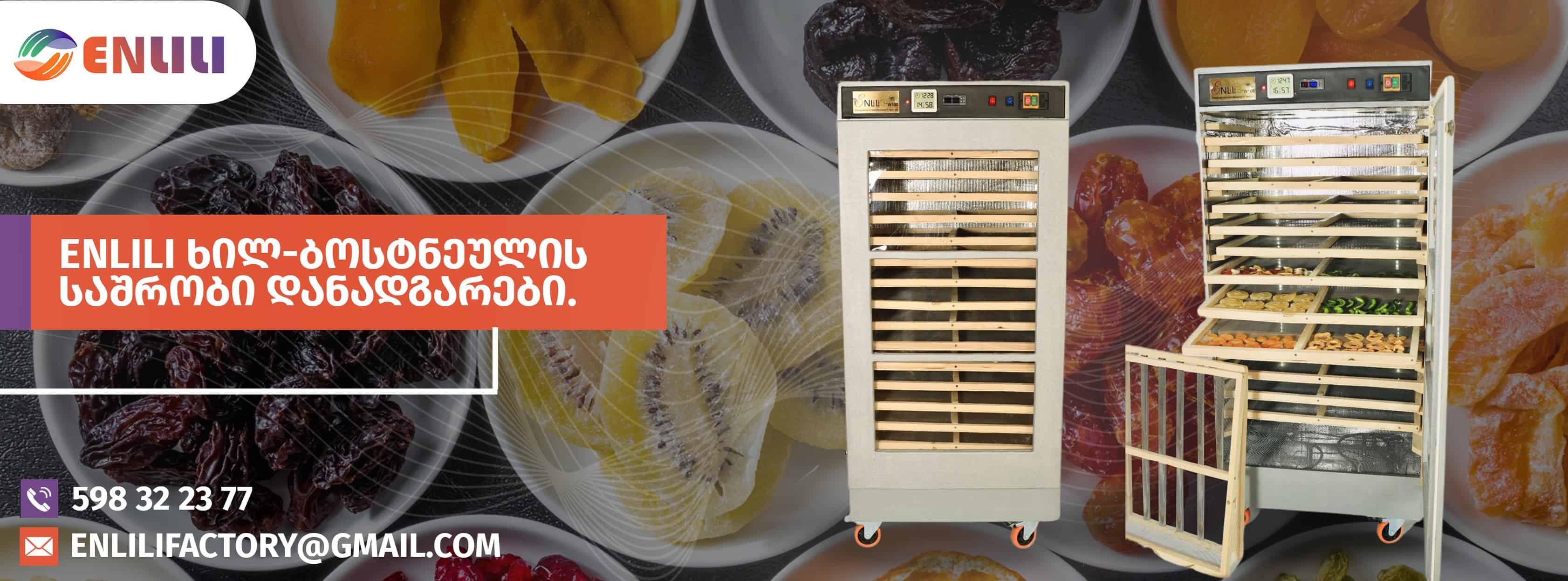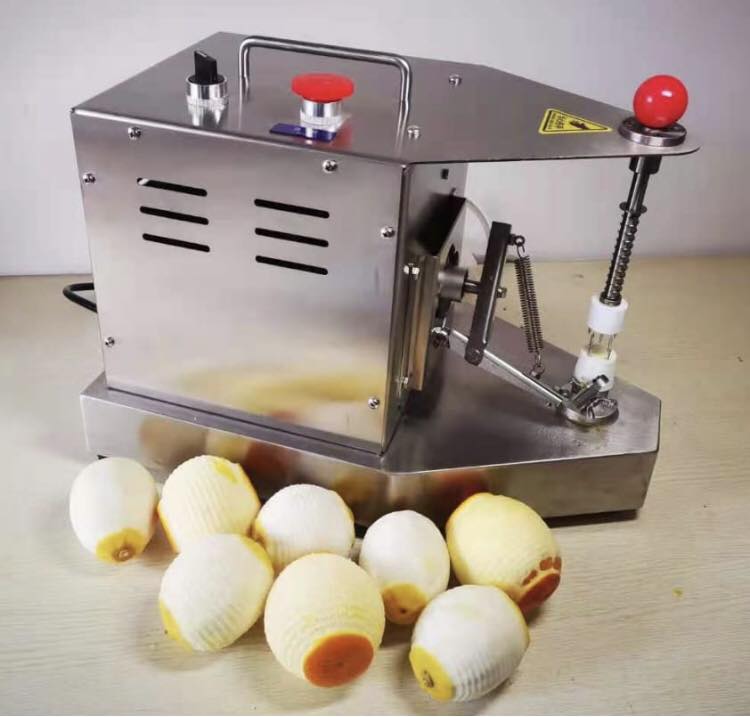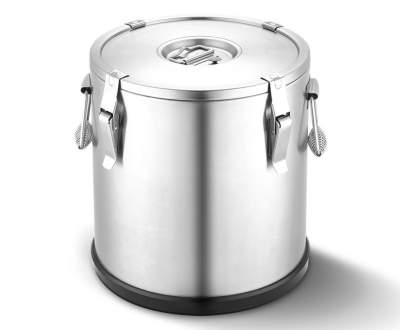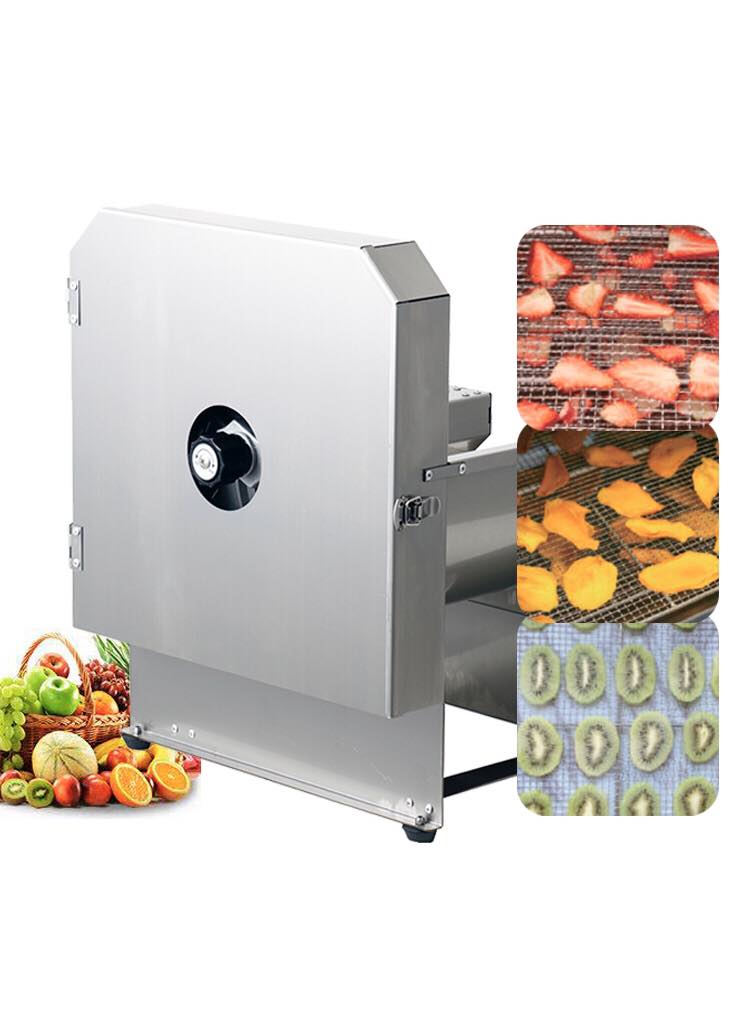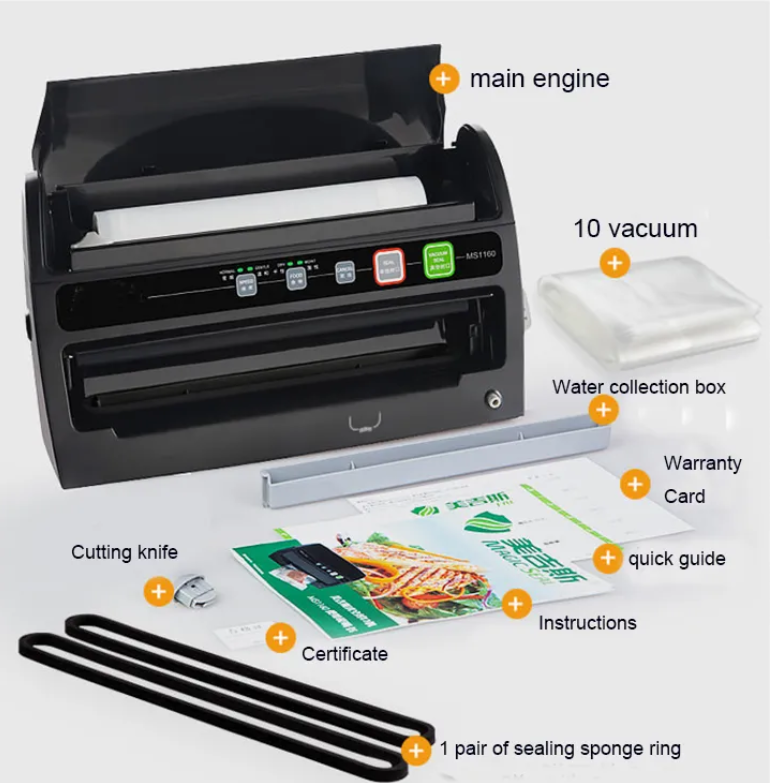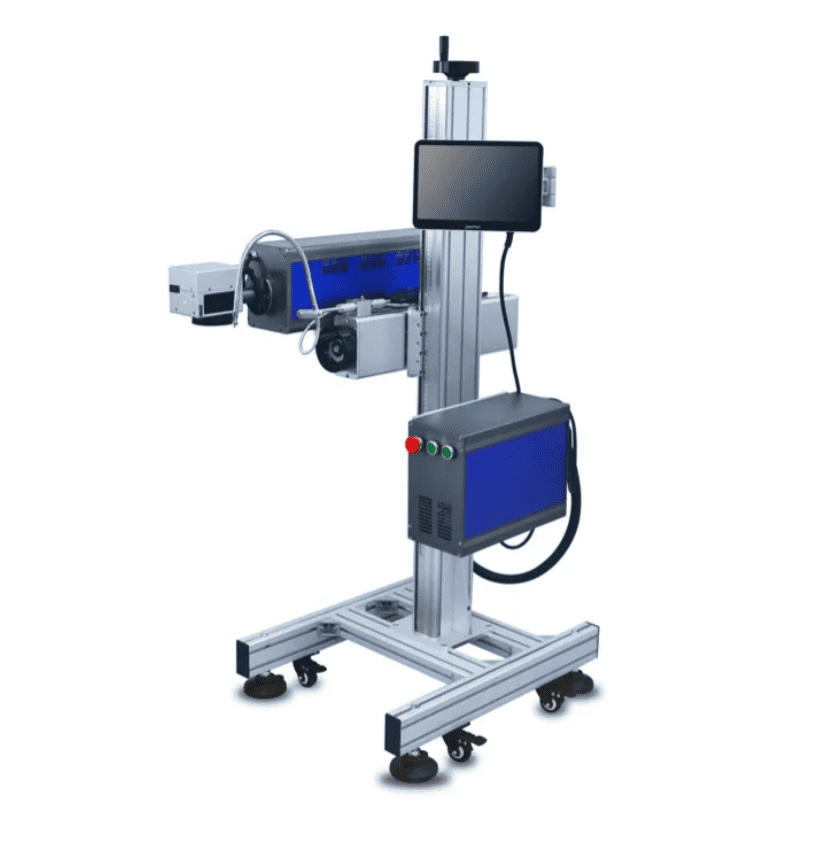
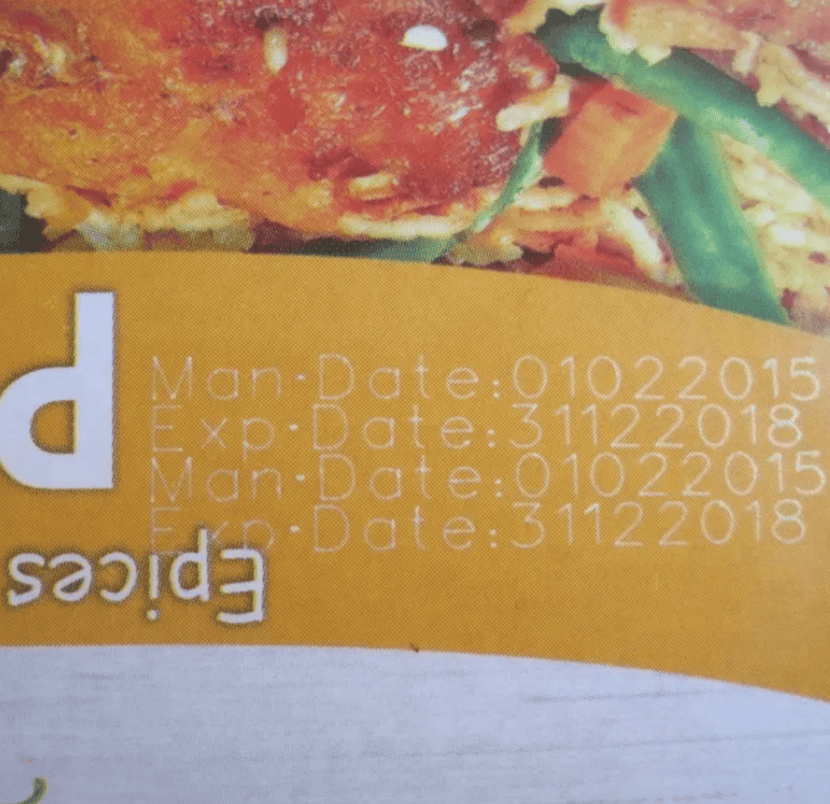
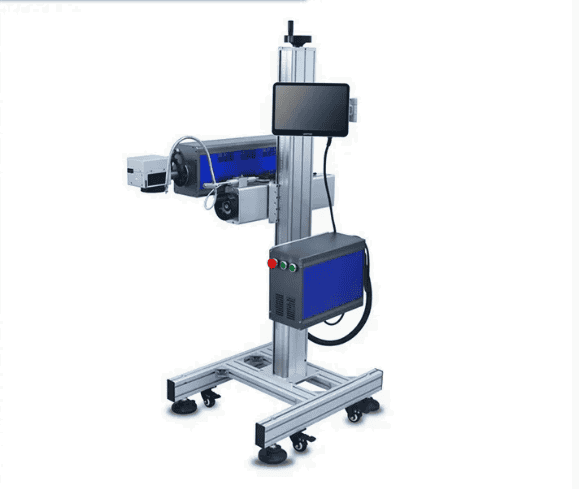
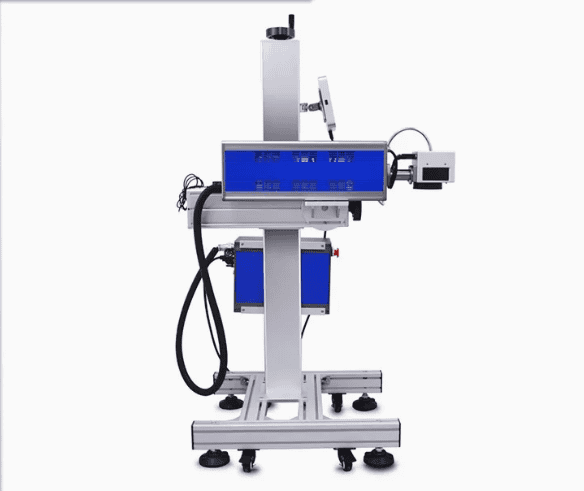
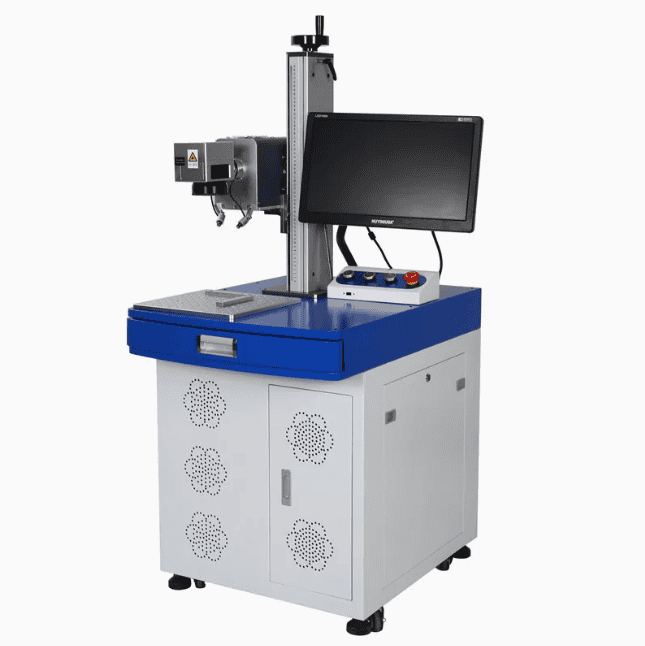
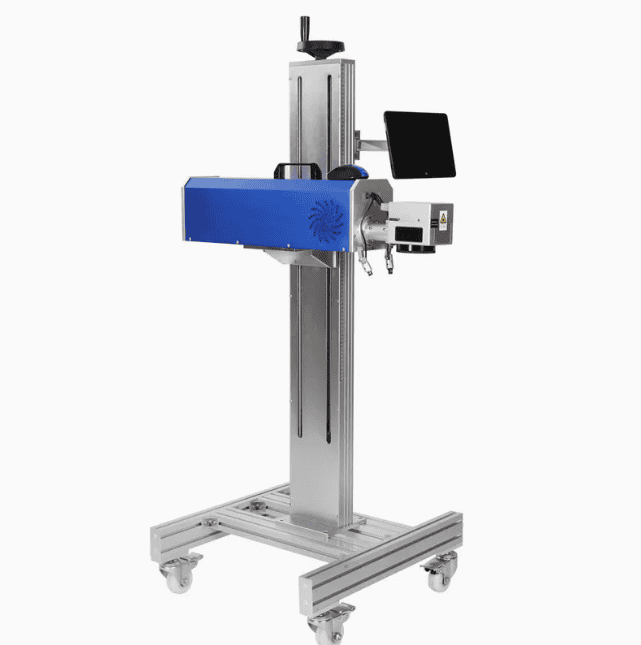
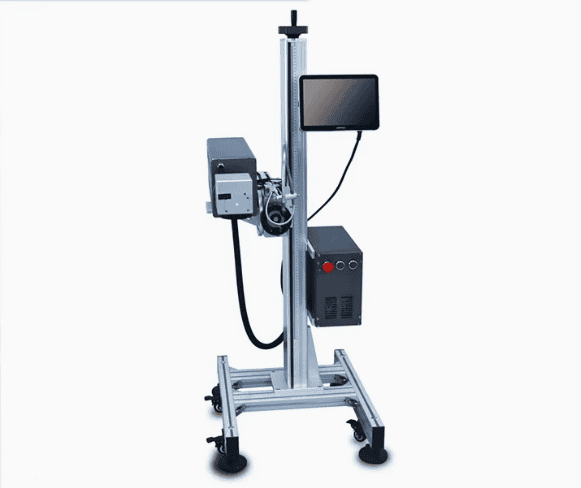
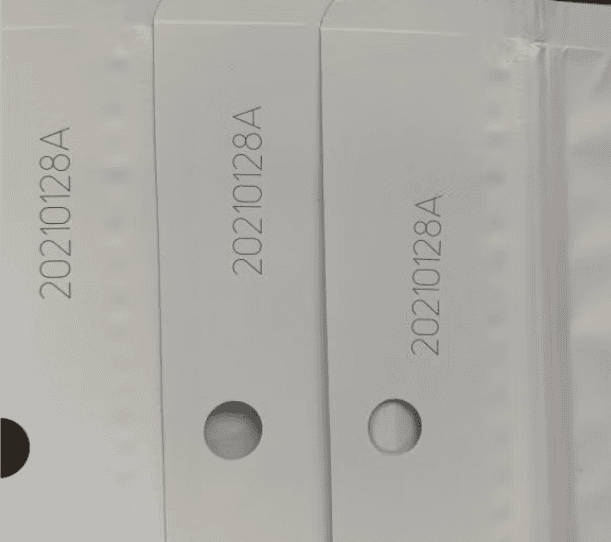
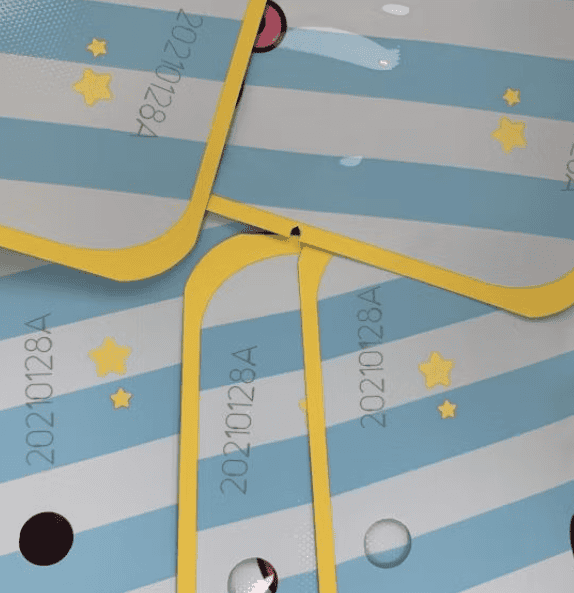
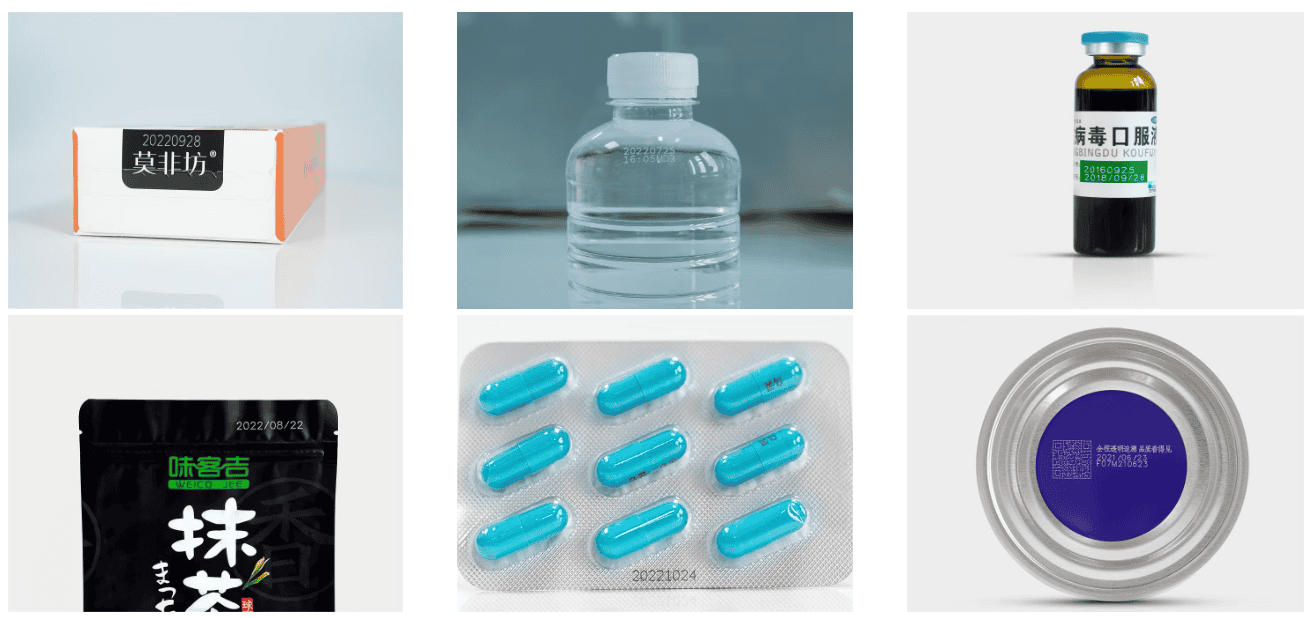
CO2 Laser Marking Machine
SUPPORT TOOLS
Model: IPS-LC30W F
Laser Power: More than 30 watts
Laser Wavelength: 10.64μm/9.3μm
Linear Speed: About 8000 mm/s or more
Marking Size: 75*75mm, 150*150mm, 200*200mm, 300*300mm
Min. Line Width: 0.01mm
Font Min. Height: 0.01 mm
Repeatability: +-0.002 mm
Total power: less than 500 W
Power supply: 220V/50-60HZ/5A/1P
Laser gun brand: Synrad / CR / DAWEI
Laser gun type: Carbon dioxide laser
Scanning system: Digital scanning galvanometer with high leakage motor
Focusing system: Two red lights with precise position
Cooling system: Built-in air cooling
Control system: 10.4 inch touch control system based on Android
Weight: about 75 kg
Overall size: 57*66*155 cm
File format support: Support file directly from CORELDRAW, AUTOCAD, PHOTOSHOP. Support AI, PLT, PCX, DXF, BMP file.
Support all fonts from Windows system. Supports automatic coding, serial number, batch number, real-time, variable barcode and QR code.
Language support: English, Russian, Thai, Korean, Arabic, Portuguese, etc.
The robust design of CO2 laser systems ensures they operate with minimal maintenance. This reliability translates into continuous production, reduced operating costs and a streamlined process that allows your business to focus on what it does best.
Applications * Cardboard: CO2 lasers are capable of producing high-contrast, permanent marks on cardboard, making them ideal for creating barcodes, logos, and packaging information without the need for ink or labels.* Cardboard: CO2 lasers can precisely mark cardboard with intricate designs and text, providing a non-contact method that delivers clean, sharp results without compromising the integrity of the material.* Wood: Including hardwood, softwood, plywood, and MDF, CO2 lasers can create intricate designs and markings on wooden items.
* Glass: Despite its brittleness, glass can be cut with CO2 lasers for functional purposes, such as serial numbers or best-before dates (BBD).
* Rubber: Commonly used to create custom stamps, CO2 lasers can cleanly cut and engrave rubber.
* Plastics: While many types of plastics can be written on using a CO2 laser, materials such as polyethylene terephthalate (PET) are particularly well-suited to this process. Laser marking on PET plastics can result in a distinct color change, providing excellent contrast for easy identification and a premium finish.
* Ceramics: CO2 lasers can engrave permanent marks on ceramic surfaces, often used for barcodes.

